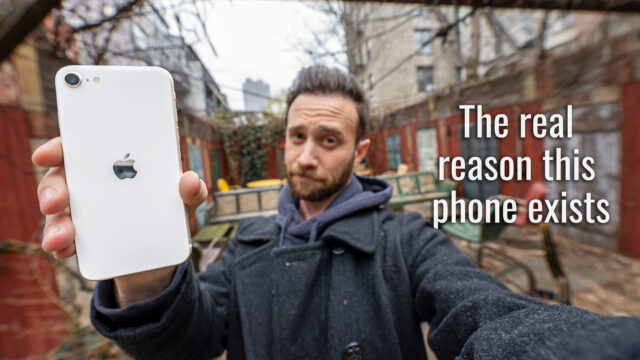Uber Broke Apple’s Rules and Got Caught
This story has been going around the internet that originated on the New York Times’ site –feel free to read it there in full detail. The article essentially discusses Uber’s CEO, Travis Kalanick, and how his “drive to win in life” has caused a lot of issues for him and his company.
The big part of this article that all the subsequent articles focus on is the fact that in 2014 Uber used a method called fingerprinting to leave information on iPhones even after they were erased so they could track them.
Those articles usually don’t mention why Uber apparently did this. Turns out, that around that time in China, stolen phones were being wiped and then used to create fake Uber accounts by Uber drivers who would then hail rides from them, accept the fake rides, and drive around on the free incentive money the “rider” was being given. The fingerprinting cheat allowed Uber to then identify the same phones and stop them from being used.
Now, I’m not pointing this out to justify anything, but just feel like motive is a good thing to know in general. The better part of this story though, is the fact that Uber apparently not only broke Apple’s rules with doing this, plain and simple, but they also hid what they did from Apple.
Geofencing is concept of using GPS or other location services to create a fence around an area where users are and then making a change that happens only within that area. So, for example, Snapchat uses this to show you geospecific filters based on your location and they can’t be used if you aren’t in that location. Uber created such a fence around Apple’s headquarters in Cupertino to hide the fingerprinting code.
Turns out that not all of Apple’s employees work in said headquarters (go figure) and found out about it prompting a meeting between Tim Cook, the CEO of Apple, and Kalanick. Cook proceeded to tell Kalanick in this meeting that he needed to remove this code or the app would be banned from the App Store. And that, of course, would remove a large portion of Uber’s customers and, in all likelihood, destroy the ride-hailing company.
Needless to say, this code was removed and Uber was given another chance.
It’s that other chance, however, that has a lot of people–a lot of which are already angry at Uber and its CEO for other recent issues–asking the question would another company have gotten a similar second chance? My guess is probably not.
So what do you guys think of all of this? Does it in an of itself make you want to stop using Uber (even if they aren’t doing this anymore)? Or is this the final straw on the camel’s back after a slew of incidents have happened recently with Uber?





Wow! I’ve gotta give Uber an A+ for the ingenuity and balls to actually create a Geofence to try and hide what they were doing from Apple. That’s hilarious. I understand the privacy issues with allowing apps to save any information that could identify the device, but I have to say I can see why Uber wanted to use it so badly, and they’re not alone. We used to use the MAC address of the mobile phone to track each unique install of our app for licensing reasons. We of course had to change all of that when it was no longer allowed. On Android we use the advertising ID but even that’s not full-proof since it can be reset by the user at any time.
Right?? lol And yeah I get why they wanted to do it, but still against the rules is against the rules (and you couldn’t even play dumb when you created the geofence to hide it lol). Is there no way to track something for fraud reasons for developers now?